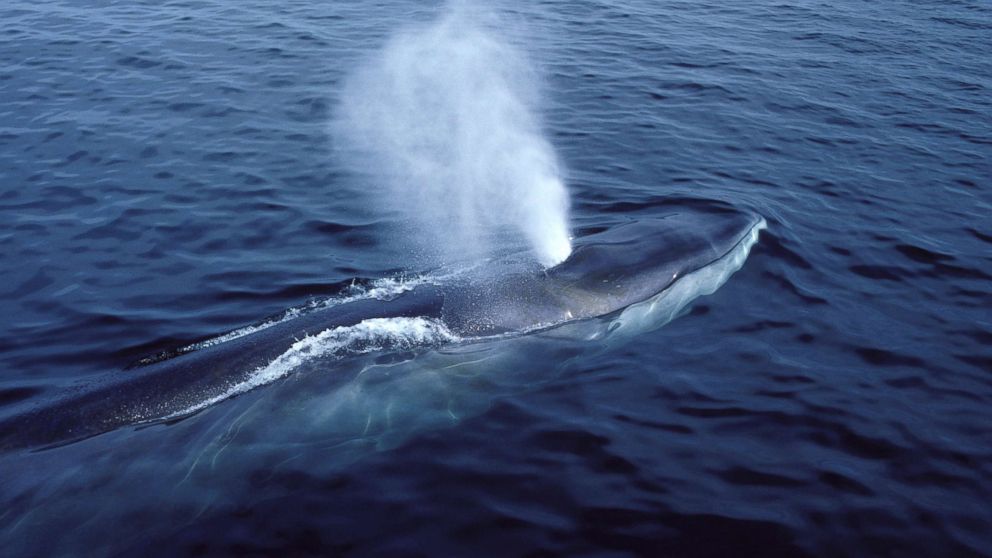In Iceland, activists, industry are waging war over commercial whaling
In Iceland, a worldwide hotspot for whale watching, gentle giants seem to rule the sea. But all the while some species of whales are still being hunted.
Iceland is one of just two countries in the world that allows commercial whaling in defiance of the International Whaling Commission’s ban on whaling, making this island nation the frontlines of the war on whaling.
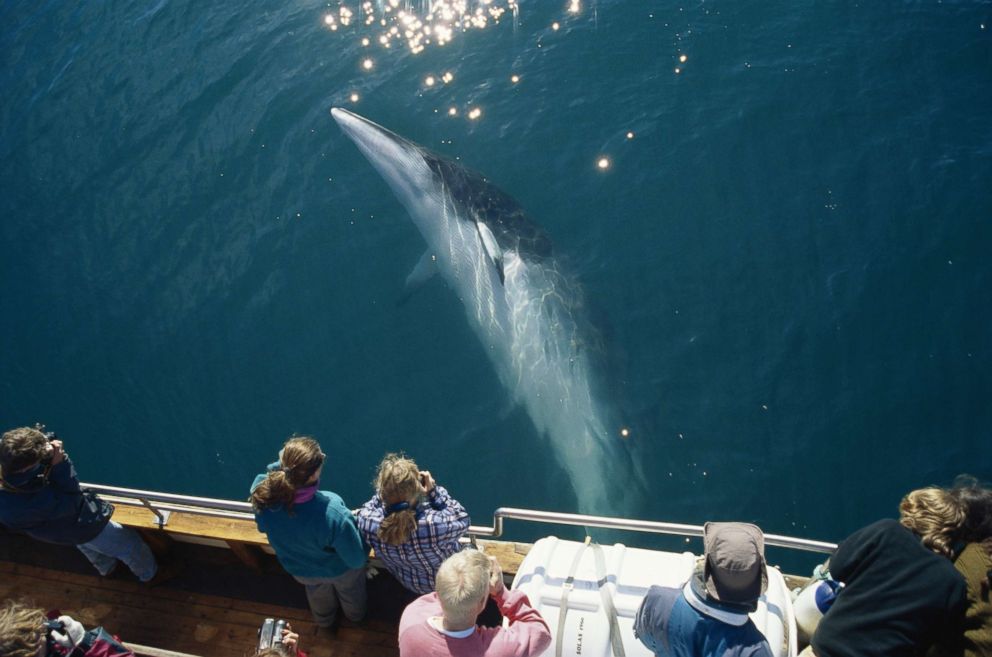
On one side, Iceland has cultivated a centuries-old whaling industry that makes no apologies for itself.
“Iceland is all fishermen,” said Kristjan Loftsson, the managing director of the Icelandic whale hunting company, Hvalur H/F. "We are utilizing the ocean."
On the other side, environmentalist and animal rights activists are fighting to prevent whales from being killed in Iceland -- and everywhere else.
Rob Read is leading the marine wildlife conservation group Sea Shepherd’s United Kingdom mission in Iceland. The goal of the group's mission is to permanently shut down Hvalur’s whaling station in Iceland.
“I have a 4-year-old daughter,’ Read told “Nightline.” “I want her to be growing up in a world where whales still exist even, and hopefully the world will be a better place than it is at the moment.”
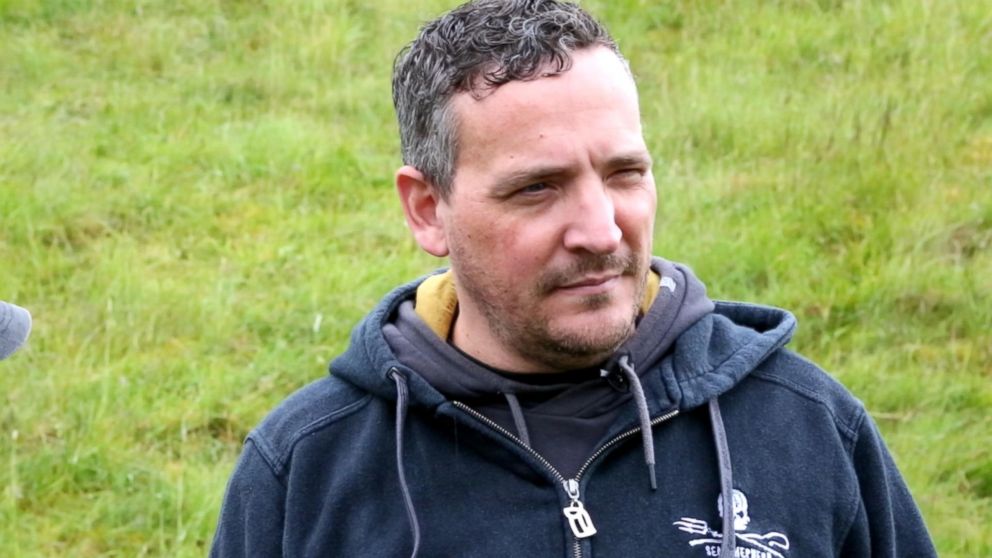
For this most recent hunting season from June through September, the Sea Shepherd team staked out the whaling station around the clock, day and night. When a catch came in, Sea Shepherd was ready to livestream it. They use social media to share images of slaughtered whales, which ignites international outrage.“It's applying pressure, making sure there's maximum pressure from the international community, but also from people within Iceland because this isn't actually well reported in Iceland,” Read said.
But Sea Shephard, which was founded in Washington state in 1977, has a controversial history. Some have called them eco-terrorists. They notoriously clashed with Japanese whaling ships near Antarctica in the Animal Planet reality series, “Whale Wars.”In 1986, Sea Shephard sank two Icelandic whaling ships.

Today, their tactics are more watered down, but their target in Iceland is the same: Hvalur and Loftsson -- one of Iceland’s richest men.“These are vicious people,” Loftsson told “Nightline.” “But if people want to do things, they do it.”
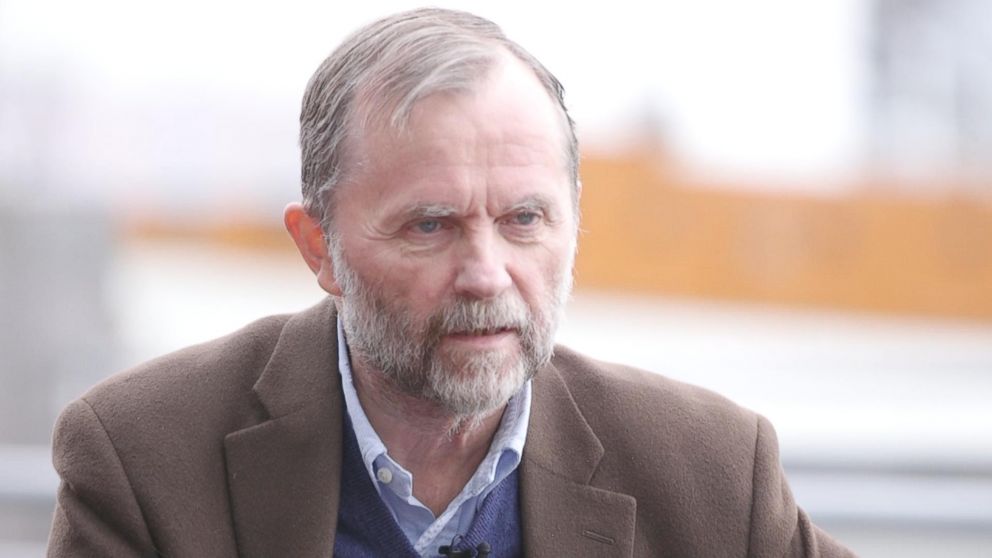
Hvalur, which was started by Loftsson’s father in 1947, is the last standing company hunting fin whales, the second largest animal in the world.
This season, Loftsson’s quota allowed him to hunt up to 193 fin whales, mostly for export to Japan. He believes whales are a renewable resource.
“We don't think it as a coal mine which you empty,” he said. “But it's a resource that has young and multiplies… You can carry on whaling forever.” He said that his company would not keep hunting fin whales if they were threatened with extinction.
“We will not be whaling if it was [the] last whale there,” he said. “I wouldn't touch.”
Fin whales are endangered globally, according to the IUCN. However, the local population of fin whales is considered stable. Dr. Gísli Víkingsson, the head of whale research at the Marine and Freshwater Research Institute, the leading institute on marine research in Iceland, said the latest surveys show about 40,000 fin whales swim in Icelandic waters. Víkingsson said the Icelandic hunting quotas are conservative, and he is “very confident” that fin whales can continue to thrive.But Sea Shepard’s Rob Read has a different viewpoint. “Just because they're easily found at this time of the year off Iceland, it doesn't justify the hunting of them,” Read added. “They're not Iceland's fin whales. They're the world's fin whales.”
“Nightline” was observing with the Sea Shepherd group as their ship raced over to Hvalur’s whaling station to livestream as the company brought in fin whale kills.The whales were so massive, the company could only slowly bring in two at a time. As the whales were being hauled in, Hvalur’s station blasted music from the “Grease” movie soundtrack.
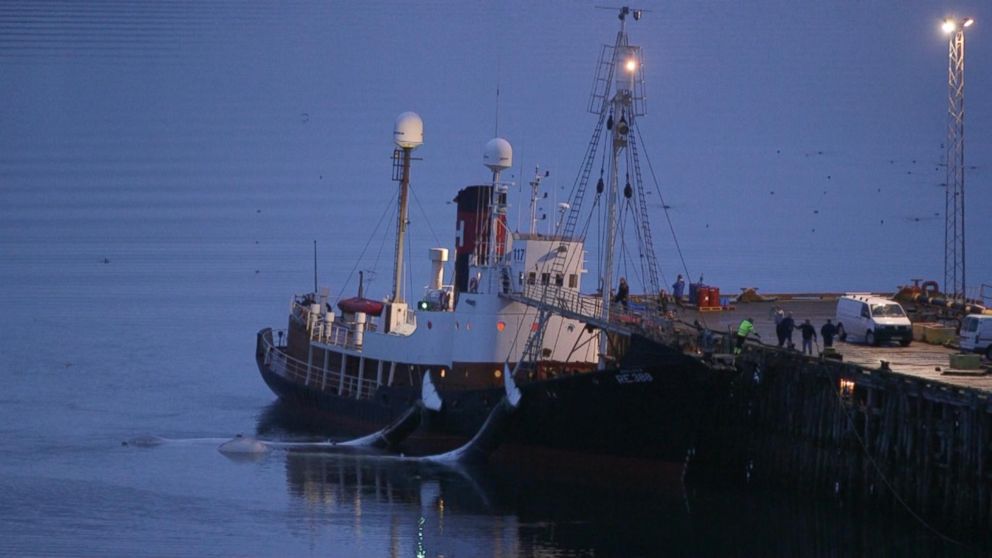
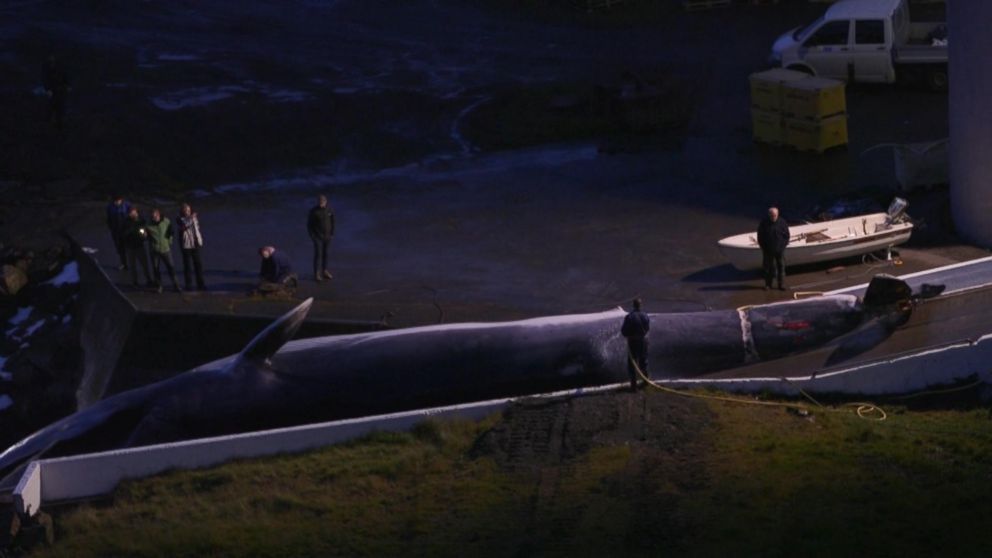
“Normally when you come here it's very quiet but tonight there's music playing,” said one Sea Shepherd volunteer. “I just find it extremely disrespectful considering what's actually happening here.”
“Two poor souls strapped to the side of a boat… unceremoniously hauled up onto the deck and butchered. It is heartbreaking to watch,” said another volunteer.As Hvalur workers dismantled a whale, the Sea Shepherd crew filmed every moment.
“It’s a very sad thing to see,” Read said. “That's why we're here to expose this to the world and make sure everyone knows that this is still happening in Iceland.”
Across Iceland, meat from minke and fin whales – the two species hunted there -- are found at grocery stores and on restaurant menus.
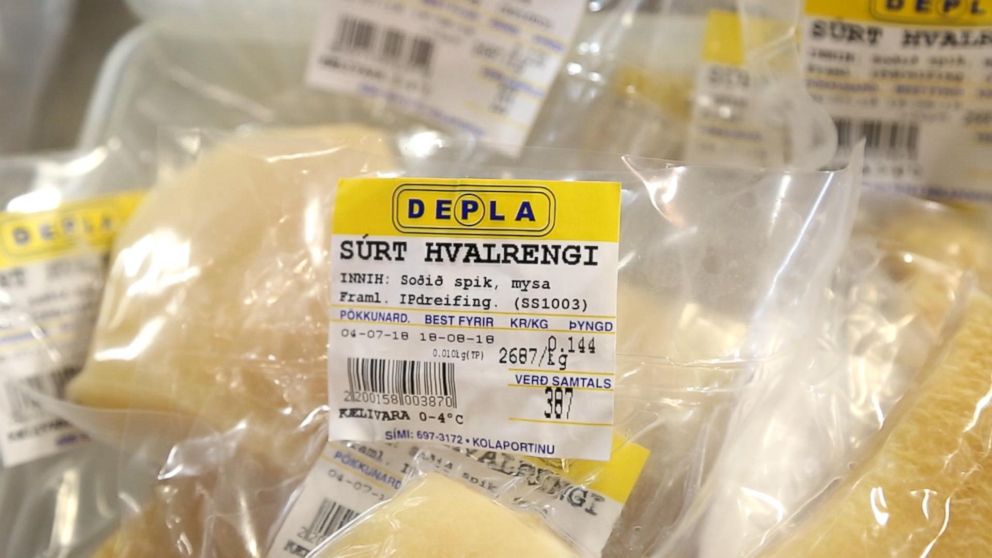

Stefan Ulfarsson, the chef at the restaurant Thrir Frakkar in Reykjavik, serves a whale roast. He said both locals and tourists will order whale off his menu.
An Icelandic poll found that Icelanders were evenly split on whaling resuming this season, with 34 percent opposed, 34 percent in support of and 31 percent neutral.
But anti-whaling activists say tourists mainly are the ones driving the demand for whale meat and fueling Iceland’s whaling business.
And throughout Iceland, there is a growing economy that depends on whales being kept alive. Whale watching tours have multiplied across Iceland over the last few decades.
That’s why local activist Sigursteinn Masson, program leader for IceWhale and representative for the International Fund for Animal Welfare, spearheads the “Meet Us Don’t Eat Us” campaign in Iceland. The company’s volunteers ask tourists to boycott eating whale meat during their stay. Many local restaurants have agreed to be ‘whale-friendly,’ keeping whale meat off their menus.
IceWhale hopes that each show of support will swell into a movement big enough to put an end to Iceland’s whaling industry.
“I think we are really in the endgame right now," Masson told 'Nightline.' "So it is important how this plays out … I'm really, really hopeful now.”
And there is now a booming industry that depends on whales being kept alive. In the coastal town of Húsavík, whale watching was nonexistent just two decades ago. Now people travel from around the world just to try to get a glimpse of the mammals.
The whale population in Iceland is also a draw for scientists from around the world and domestically.
“There’s so much we still don’t know in the ocean,” said Dr. Marianne Rasmussen, a leading specialist in marine mammal research at the University of Iceland’s Research Center in Húsavík. “We know so little about the migration and I mean they definitely swim across borders and countries.”
Rasmussen’s team with the university’s research center in Husavik will tag along with tourists on whale-watching tours to snap photos of the whales for photo identification databases. From collecting DNA samples to using drones to collect samples from waterspouts, her team has made it their mission to find out more about these mysterious mammals.
“I think locals in Husavik are really starting to recognize the benefit of living whales. Because at the end of the day, especially in this area where whale watching is so lucrative, whales are worth far more alive than they are dead.”
Tom Grove, a researcher on Rasmussen’s team from the University of Edinburgh, says he hopes that Husavik’s move -- promoting whale watching over whale hunting -- is just the beginning.
“Everyone has the right to experience these animals in their natural habitat and that is achieved by having live, healthy whale populations and not by whaling,” Grove said.
As another whaling season comes to a close, and the decades-old debate between industry and activist continues, Loftsson still insists that his company is pro-whale conservation business.
“You know the word conservation means conserve and utilize,” he said. “It's sustainable. And so we are happy with that.”
